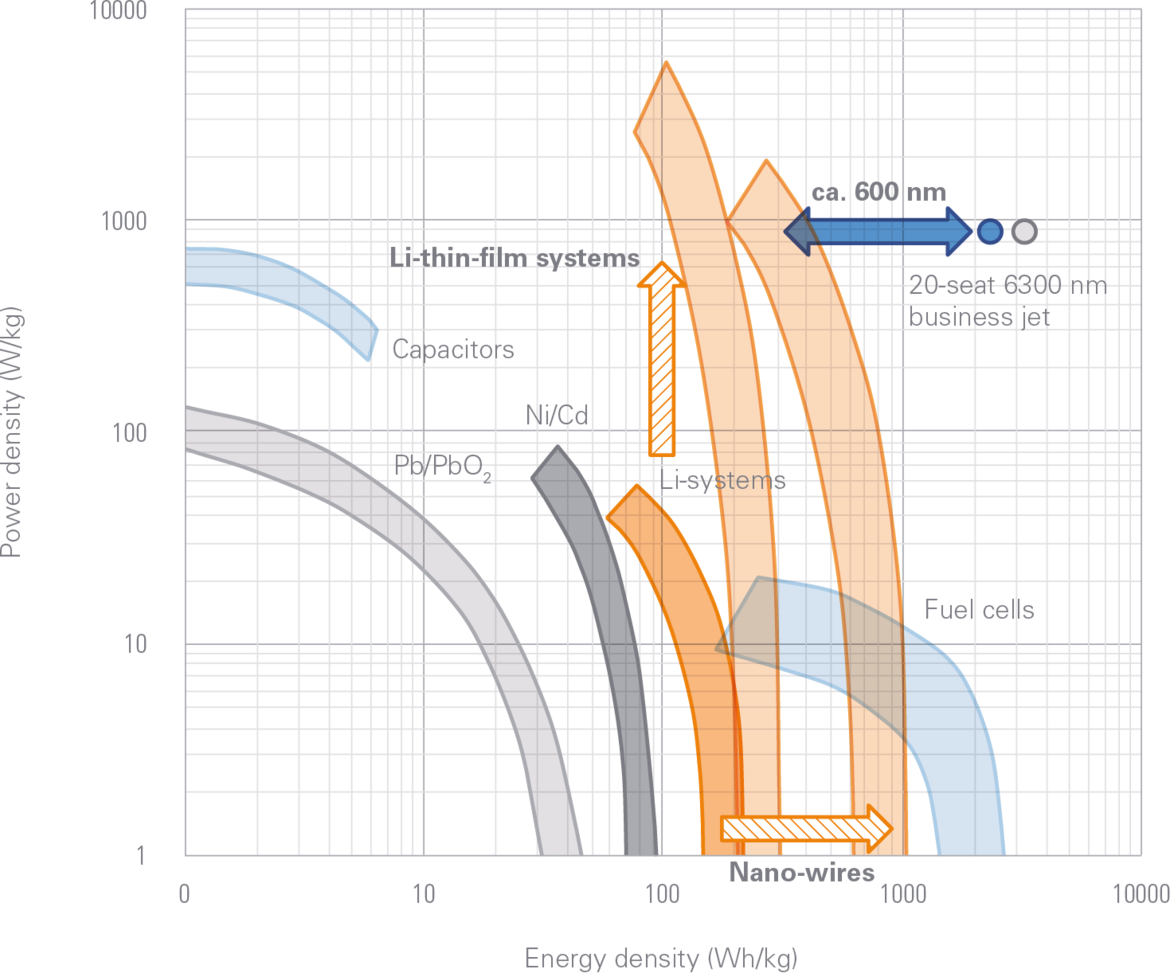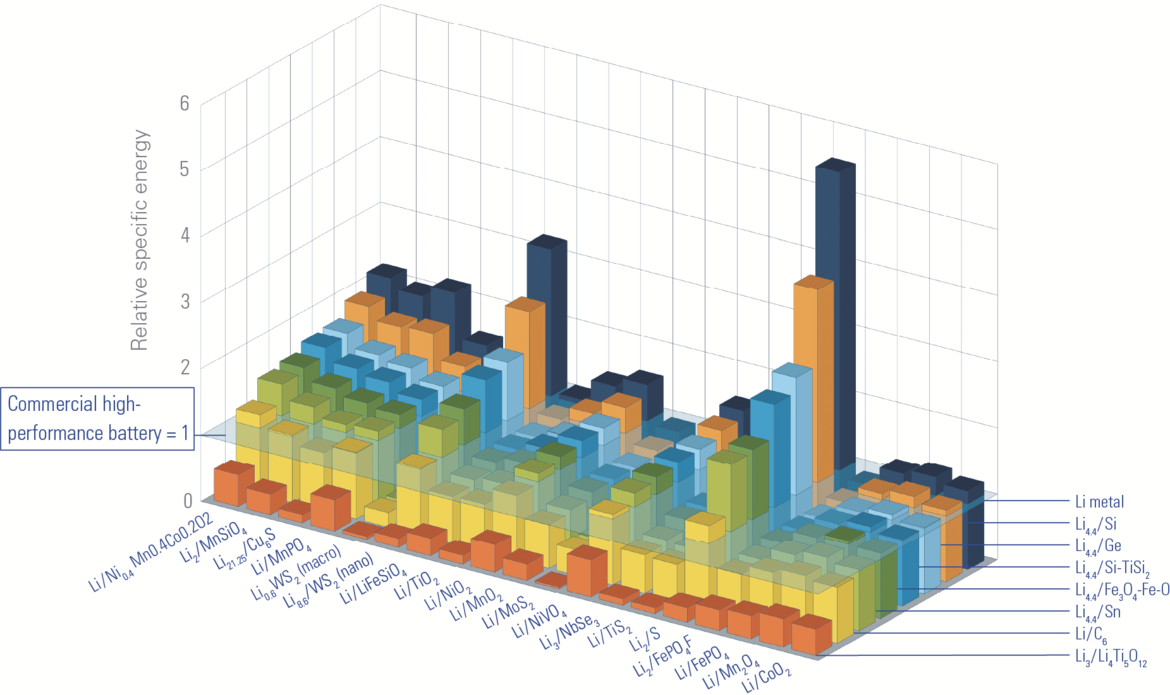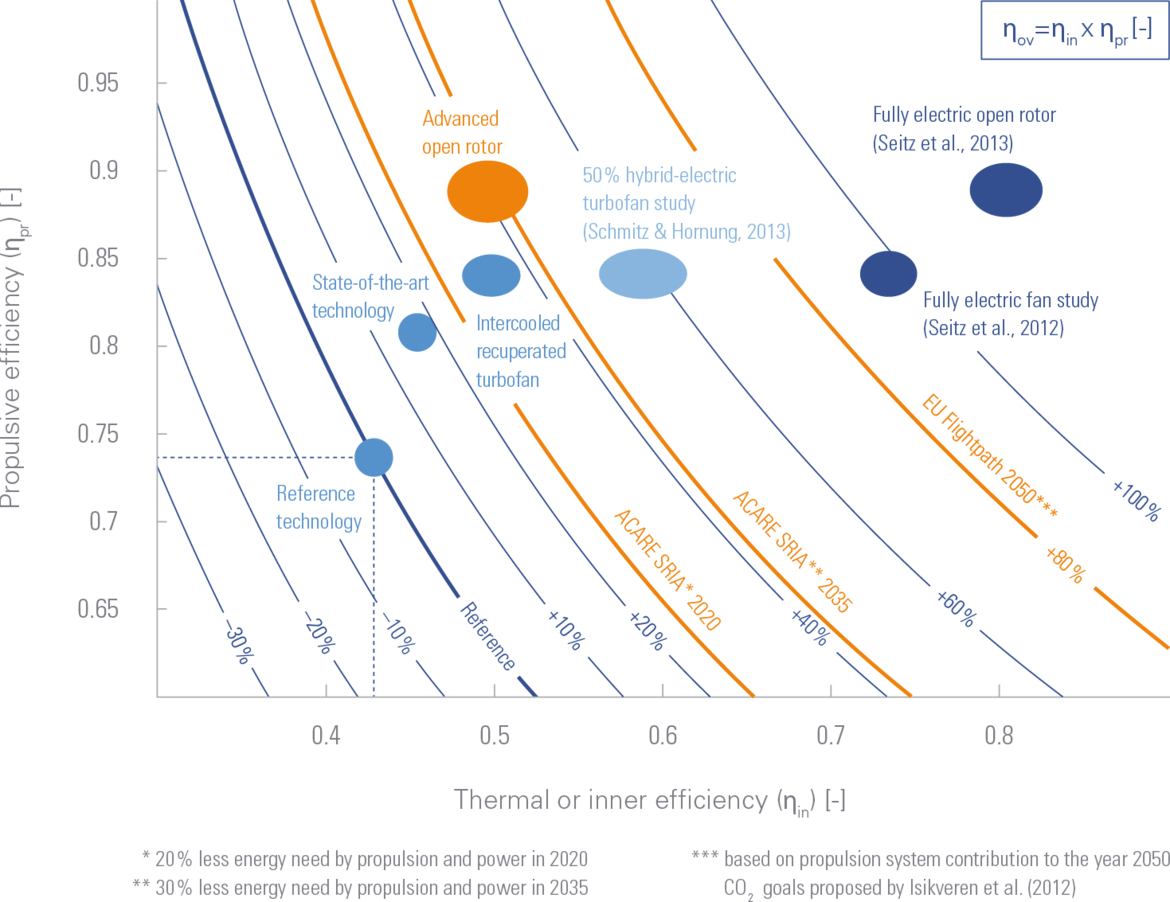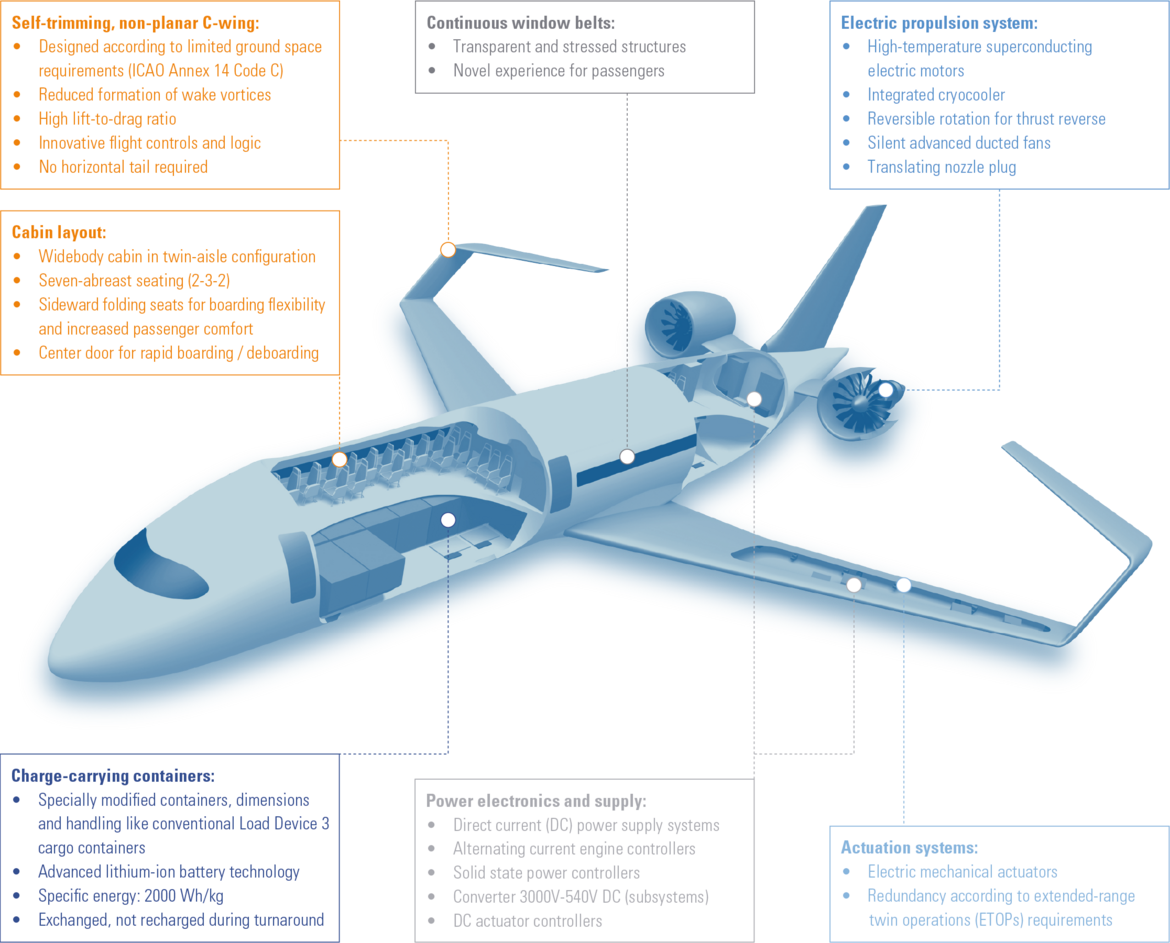For the transition to 100 % renewable energy in aviation, outside-the-box options have been considered. Electric propulsion is of particular interest for zero in-flight emissions, as it promises to protect the global climate and the local air quality at airports. Our early analyses focused on the gravimetric exergy density – not energy density – as a key metric for a quantitative comparison of different energy carriers for range, and power density for take-off. Realizing the significance of exergy density put the promising scientific breakthroughs in battery technology into proper perspective in comparison to kerosene-powered aircraft.
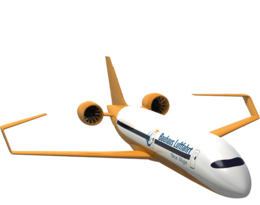
In 2011, our entire team embarked on its first Group Design Project – an interdisciplinary activity involving all of Bauhaus Luftfahrt’s scientific competences – with an ambitious mission statement: “Perform the conceptual design and initial technical assessment of a short-range aircraft application featuring electro-motive systems.” The goal was to obtain a comprehensive first picture of a possible future in electrically powered aviation. Technological prospects were paired with conceptual system design and investigated in a holistic context including operations and life cycle. A key artifact of the activity was the Ce-Liner which became one of Bauhaus Luftfahrt’s signature concept planes.
The learnings from the studies around Ce-Liner still resonate today: Battery-electric propulsion systems would provide the highest overall efficiency and climate impact reduction. But even with significant technological advances, the limited specific exergy of batteries will prevent pure battery-electric flight from having a significant impact on commercial transport aviation. Battery-based hybrid-electric propulsion will not be able to change the picture fundamentally. Being better suited as a high-power source, batteries in the meantime have been enabling zero-emission flight in the niche of regional air mobility.
Nonetheless, as the major fraction of renewable energy is harvested from photovoltaic, wind, and hydro power, complementary pathways for the use of electricity are considered in aviation: primarily via hydrogen – in liquid form or chemically bound in drop-in capable hydrocarbon fuels.

